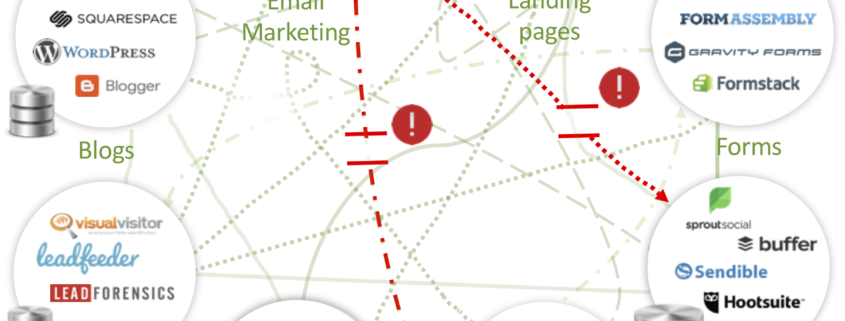
Account-Based Marketing (ABM) is a strategic approach that aligns marketing and sales teams to target specific high-value accounts and drive revenue growth. By orchestrating coordinated campaigns across multiple channels, ABM enables businesses to build stronger relationships, increase customer engagement, and improve sales efficiency. Stop using “Marketing-generated” with ABM. ABM is a team effort between marketing and sales.






